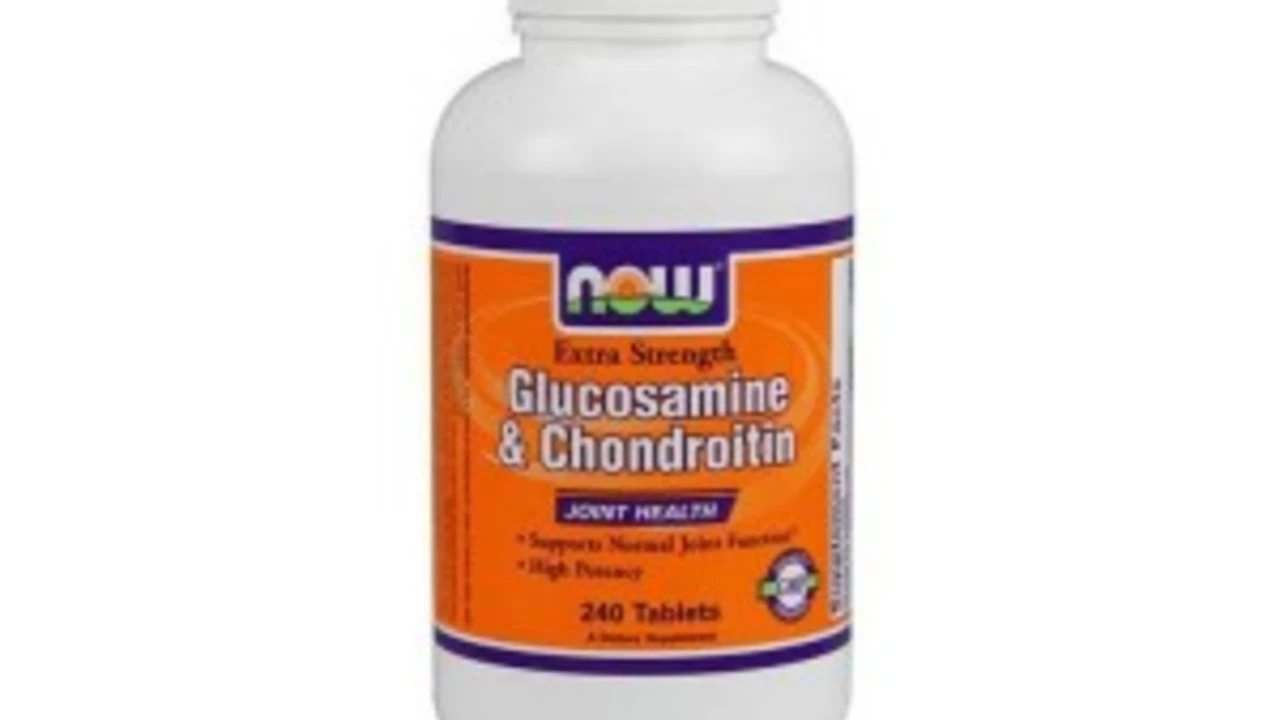Smooth Moves: Simple, Safe Ways to Get Your Bowels Moving
Constipation happens to everyone. Stiff schedules, travel, new meds, or a low-fiber diet can slow things down. If you want a fast, sensible plan without panic, here are clear steps that actually help — and what to avoid.
Quick fixes that really work
Start with what matters most: fiber, fluids, and motion. Add 5–10 grams of soluble fiber (psyllium, oats, or kiwi) to meals and drink an extra glass of water with it. Fiber needs fluid to work; otherwise it can make you feel worse.
Move your body. A 20–30 minute brisk walk stimulates your gut. If you can’t get outside, light housework or marching on the spot helps.
Over-the-counter options: pick based on how urgent and how often the problem happens. Bulk-forming agents (psyllium) are gentle and great for long-term use. Osmotic laxatives like polyethylene glycol (PEG) are good for short-term, reliable relief without harsh cramping. Stimulant laxatives (senna, bisacodyl) work fast but don’t use them daily for weeks — your gut can get dependent. Stool softeners (docusate) help when stools are hard but aren’t strong if you haven’t moved for days.
If you’ve seen “Smooth Move” tea advertised, that’s a senna-based product. It can be handy for occasional use — like before a trip — but use it sparingly and follow the label.
When to step up care and how to buy meds safely
See a doctor if constipation comes with severe belly pain, fever, bleeding, unexplained weight loss, or if it lasts more than two weeks despite simple changes. Kids, pregnant people, and those with heart or kidney disease should check with a clinician before trying strong laxatives or certain prescription options like lubiprostone or linaclotide.
Buying meds online? Use trusted pharmacies only. Look for clear contact info, a pharmacist or doctor on staff, and safe payment options. Avoid sites that sell prescription meds without asking for a prescription. If you’re unsure, ask your local pharmacist for a recommended online source.
Other practical tips: eat a fruit a day (prunes and kiwi are proven helpers), try warm drinks in the morning, go to the bathroom when you feel the urge, and consider a footstool to create a more natural squatting position. Probiotics help some people; try a short trial and judge results over 2–4 weeks.
Want tailored suggestions? Check related articles on SpringMeds for safe product info, alternatives, and when to see a pro. Small, consistent habits beat dramatic fixes — and they keep your body working the way it should.

